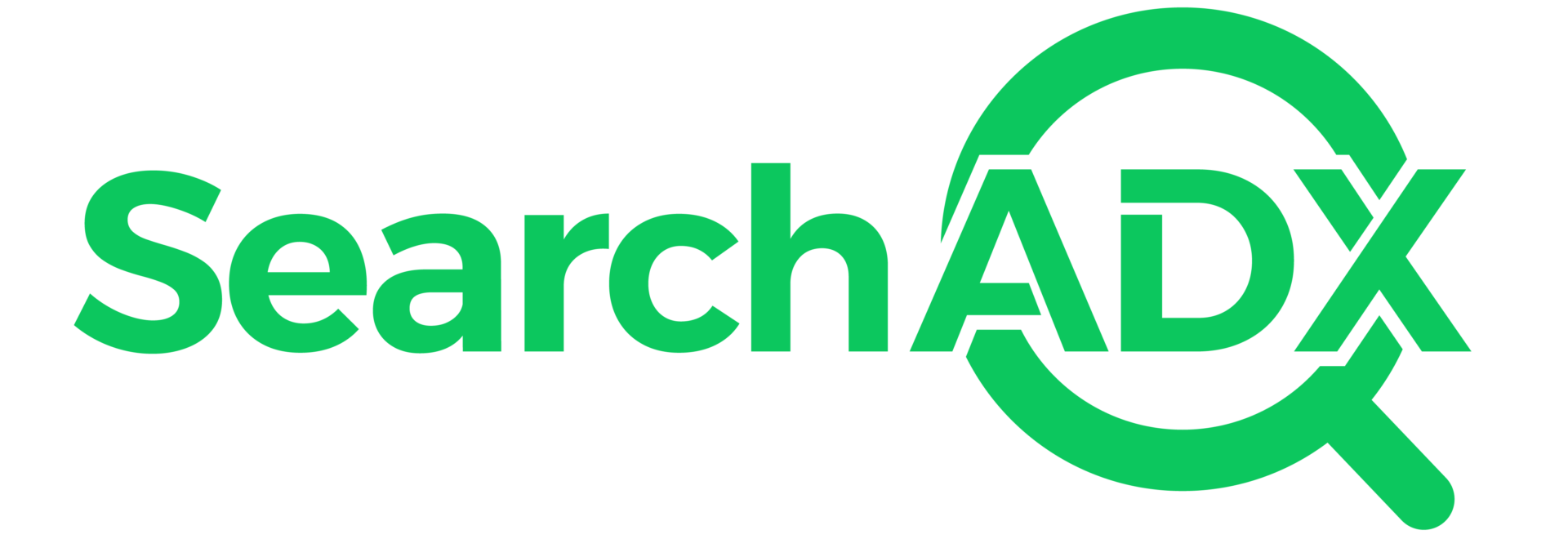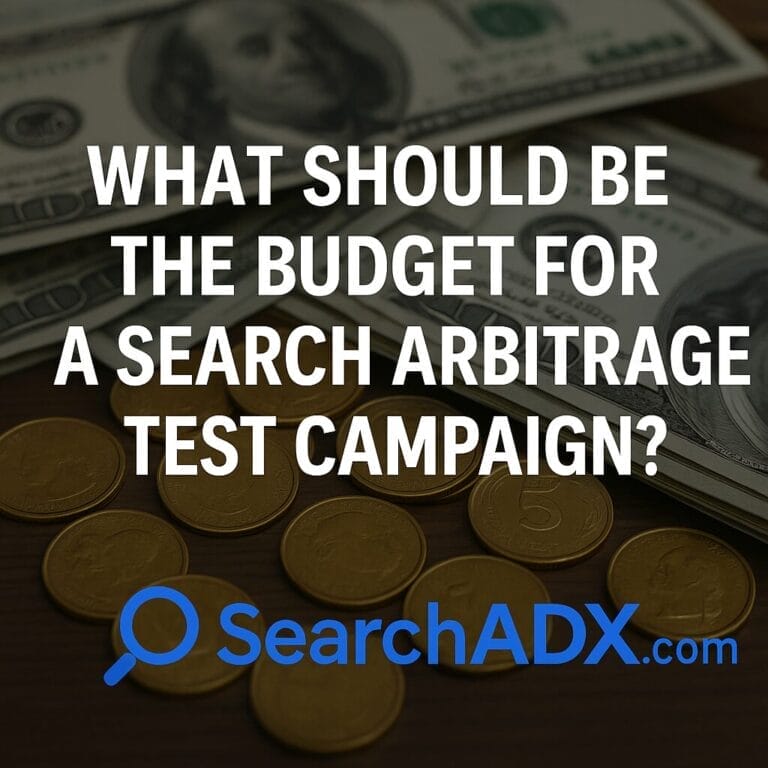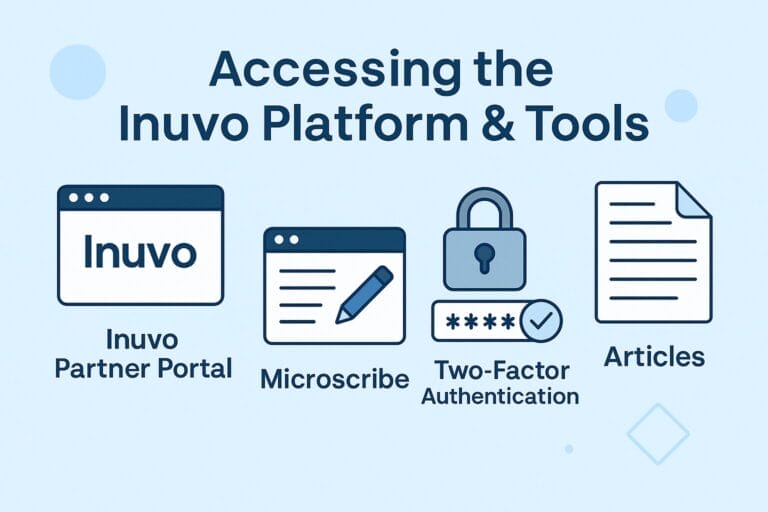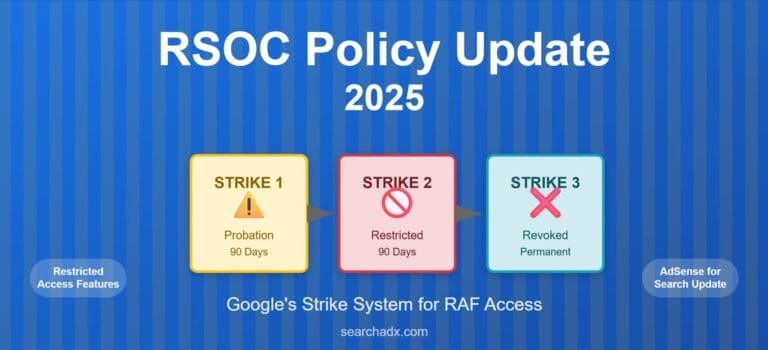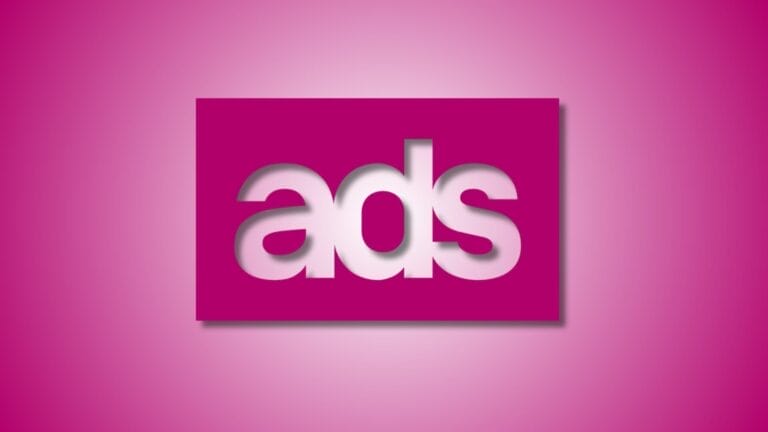System1 search arbitrage has emerged as one of the most lucrative traffic arbitrage opportunities in 2025, offering experienced media buyers the chance to generate substantial profits through strategic traffic acquisition and monetization. As Google continues to reshape the search arbitrage landscape with new policies affecting AFD (Ad Feed Display) and the rise of RSOC (Related Search on Content), understanding how to leverage System1’s platform effectively has never been more critical.
In this comprehensive guide, we’ll dive deep into everything you need to know about System1 search arbitrage, from the fundamentals to advanced optimization strategies that can help you scale your campaigns to six-figure monthly revenues.
What is System1 Search Arbitrage?
System1 search arbitrage is a traffic monetization strategy where media buyers purchase low-cost traffic from various advertising platforms (Facebook, TikTok, native ad networks) and redirect it to System1’s search feed monetization pages. These pages display relevant search results and sponsored ads, generating revenue when users interact with the content.
The Basic Flow:
- Traffic Acquisition: Buy traffic from social media or native ad platforms
- Traffic Direction: Send users to System1’s monetized search feeds
- Revenue Generation: Earn money when users click on search results or ads
- Profit Optimization: Maintain positive ROI through strategic bidding and optimization
System1 stands out among search feed providers due to its sophisticated data-driven optimization algorithms, competitive revenue shares, and robust tracking capabilities that make it a preferred choice for serious arbitrageurs.
How System1 Search Arbitrage Works in 2025
The System1 Ecosystem
System1 operates as a responsive acquisition marketing platform that connects high-intent customers with advertisers at scale. Unlike traditional affiliate networks, System1 focuses on capturing user intent through search-based interactions, making it particularly effective for certain verticals.
Key Components:
Search Feed Technology: System1’s proprietary algorithm analyzes user behavior and serves the most relevant search results and sponsored content, optimizing for both user experience and revenue generation.
Revenue Sharing Model: System1 typically shares 60-80% of the revenue with traffic partners, depending on traffic quality, volume, and exclusivity arrangements.
Real-Time Optimization: The platform continuously adjusts bid prices and ad placements based on performance data, ensuring maximum revenue potential for each click.
AFD vs RSOC: Understanding the Difference
One of the most significant developments in search arbitrage is the evolution from AFD to RSOC models, particularly relevant for System1 campaigns.
AFD (Ad Feed Display) – Traditional Model:
- Users land on parked domains with search-focused content
- Typically requires 2-3 clicks to reach final advertiser
- Higher revenue per click but lower conversion rates
- Facing restrictions due to Google’s 2025 policy changes
RSOC (Related Search on Content) – Modern Approach:
- Search feeds embedded within actual content pages
- Improved user experience with relevant, contextual placement
- Better compliance with Google’s content quality guidelines
- Higher conversion rates due to natural content integration
System1 has been at the forefront of RSOC implementation, making it easier for partners to transition from traditional AFD models while maintaining profitability.
Getting Approved for System1: Insider Strategies
System1 maintains strict approval criteria, making it one of the more exclusive search feed providers. Here’s how to increase your approval chances:
Prerequisites for Approval
Proven Ad Spend History: System1 typically requires evidence of spending at least $5,000-$10,000 per month on traffic acquisition. This can be demonstrated through:
- Facebook Ads Manager screenshots showing consistent spend
- Native platform invoices from Taboola, Outbrain, or similar
- Google Ads account history for established campaigns
Business Registration: Having a legitimate business entity significantly improves approval odds. Ensure you have:
- Registered LLC or corporation
- Business banking accounts
- Professional website and contact information
- Tax identification numbers
Traffic Quality Standards: System1 prioritizes partners who can deliver high-quality, engaged traffic. Key metrics they evaluate include:
- Click-through rates above 2%
- Time on page metrics exceeding 30 seconds
- Low bounce rates (under 60%)
- Geographic relevance and targeting precision
Advanced Approval Strategies
Leverage Existing Relationships: If you’re already spending significant amounts with native platforms like Taboola or Outbrain, request an introduction through your account manager. These platforms have established partnerships with System1 and can facilitate warm introductions.
Conference Networking: Attend major affiliate marketing conferences like Affiliate World, where System1 maintains a strong presence. Face-to-face meetings often accelerate the approval process and allow you to demonstrate your professionalism directly.
Portfolio Development: Create a comprehensive media buying portfolio showcasing:
- Historical campaign performance data
- Vertical expertise and specializations
- Compliance track record
- Technical capabilities and tracking setup
Partnership Approach: If direct approval proves challenging, consider partnering with established System1 affiliates on a revenue-sharing basis while building your track record.
System1 Campaign Setup and Tracking
Essential Tracking Infrastructure
Successful System1 arbitrage requires sophisticated tracking to manage the complex data flows between traffic sources and monetization feeds.
Primary Tracking Platforms:
ClickFlare: Offers direct System1 API integration, automatically importing intraday and finalized revenue data. Key features include:
- Real-time revenue attribution
- Click-level conversion tracking
- Automated keyword optimization
- Multi-account management capabilities
RedTrack: Provides comprehensive campaign tracking with System1 support, including:
- Advanced attribution modeling
- Cross-platform campaign management
- Custom conversion events
- Automated postback configuration
Voluum: Enterprise-level tracking solution with System1 integration offering:
- AI-powered optimization suggestions
- Advanced fraud detection
- Team collaboration features
- White-label reporting options
Campaign Structure Best Practices
Traffic Source Setup:
For Facebook/Meta campaigns:
- Use broad targeting initially, then optimize based on System1 performance data
- Implement dynamic ads for larger keyword sets
- Set up conversion tracking using System1’s postback URLs
- Utilize Facebook’s Campaign Budget Optimization (CBO) for scaling
For TikTok campaigns:
- Focus on video creatives that match search intent
- Use TikTok’s Spark Ads for native content promotion
- Implement automated bidding strategies
- Leverage TikTok’s broad targeting capabilities
For Native platforms (Taboola/Outbrain):
- Create content-style ad creatives
- Use interest and contextual targeting
- Implement bid management strategies
- Focus on premium publisher placements
Revenue Attribution and Optimization
Understanding System1 Metrics:
RPC (Revenue Per Click): The average revenue generated per click sent to System1. Target RPCs vary by vertical but generally range from $0.30-$2.50.
Conversion Rate: Percentage of clicks that generate revenue. High-performing campaigns typically see conversion rates of 15-35%.
eCPM (Effective Cost Per Mille): Revenue generated per 1,000 impressions, useful for comparing campaign efficiency across different traffic sources.
L2A (Click to Action Rate): Percentage of users who perform desired actions after clicking search results, a key quality metric System1 monitors.
Advanced System1 Optimization Strategies
Traffic Quality Enhancement
Geographic Optimization: System1 performs differently across markets. Focus on:
- Tier 1 countries (US, UK, Canada, Australia) for highest RPCs
- Time zone optimization for peak performance periods
- Mobile vs. desktop performance analysis
- Regional search intent variations
Audience Refinement: Use System1’s performance data to refine traffic source targeting:
- Exclude low-converting demographics
- Focus on high-intent audience segments
- Implement lookalike audiences based on converting users
- Utilize retargeting for user nurturing
Creative Optimization: Develop ad creatives that pre-qualify traffic:
- Use search-intent focused copy
- Include relevant keywords in ad text
- Test different creative formats and CTAs
- Maintain compliance with both traffic source and System1 guidelines
Advanced Bidding Strategies
Dynamic Bid Adjustment: Implement automated bidding based on System1 performance:
- Increase bids for high-RPC keywords and audiences
- Decrease spending on low-converting segments
- Use time-of-day bidding adjustments
- Implement geographic bid modifiers
Keyword Optimization: Leverage System1’s keyword performance data:
- Identify top-performing search terms
- Expand campaigns around profitable keywords
- Exclude poor-performing terms
- Test keyword variations and synonyms
Budget Allocation: Distribute budgets based on ROI potential:
- Allocate larger budgets to proven campaigns
- Test new traffic sources with smaller budgets
- Scale successful campaigns gradually
- Maintain diversification across multiple sources
Automation and Scaling
TheOptimizer Integration: Utilize advanced automation tools:
- Set up automated pause/play rules based on performance
- Implement dynamic budget adjustments
- Configure automated bid modifications
- Enable 24/7 campaign monitoring and optimization
Custom Automation Rules: Develop sophisticated optimization rules:
- Pause ad sets with ROAS below 1.0 after $50 spend
- Increase budgets for campaigns with ROAS above 2.0
- Clone high-performing ads automatically
- Implement negative keyword automation
Compliance and Best Practices
System1 Policy Requirements
Traffic Quality Standards: Maintain high standards to preserve account standing:
- No incentivized traffic or rewards-based promotion
- Avoid push notification traffic sources
- Ensure genuine user engagement and intent
- Maintain consistent traffic quality metrics
Content Guidelines: Follow System1’s content requirements:
- Use accurate, non-misleading ad copy
- Avoid sensationalized or clickbait headlines
- Ensure landing page relevance to ad content
- Maintain professional presentation standards
Technical Compliance: Implement proper technical setup:
- Use approved tracking methods
- Implement correct postback configurations
- Maintain secure, fast-loading landing pages
- Follow System1’s integration guidelines
Risk Management Strategies
Account Diversification: Reduce platform dependency risks:
- Maintain multiple traffic source accounts
- Develop relationships with multiple search feed providers
- Implement backup tracking solutions
- Create redundant campaign structures
Performance Monitoring: Establish comprehensive monitoring systems:
- Set up real-time alert systems for performance drops
- Monitor traffic quality metrics continuously
- Implement fraud detection measures
- Maintain detailed performance documentation
Profitable Verticals for System1 in 2025
High-Performing Categories
Health and Wellness: Consistently strong performance due to high search intent:
- Dental services and procedures
- Weight loss and fitness programs
- Medical devices and treatments
- Mental health and therapy services
Financial Services: High-value audience with strong monetization potential:
- Insurance products and quotes
- Loan and mortgage services
- Credit repair and monitoring
- Investment and trading platforms
Business Services: B2B focus with higher RPCs:
- Legal services and consultation
- Business software and tools
- Marketing and advertising services
- Professional development and training
Home and Property: Strong seasonal performance:
- Home improvement services
- Real estate and mortgage
- Insurance and protection services
- Energy and utility services
Vertical-Specific Strategies
Research and Targeting: Tailor approaches to vertical characteristics:
- Understand target audience demographics and behavior
- Adapt ad creative to vertical-specific pain points
- Optimize for vertical-appropriate conversion metrics
- Implement seasonal campaign adjustments
Compliance Considerations: Navigate vertical-specific regulations:
- Financial services compliance requirements
- Health claims and advertising restrictions
- Professional services licensing considerations
- Geographic regulation variations
Future of System1 Search Arbitrage
Industry Trends and Projections
RSOC Adoption: The transition from AFD to RSOC models will continue accelerating in 2025, driven by:
- Google’s enhanced focus on content quality
- Improved user experience metrics
- Higher conversion rates for quality traffic
- Better advertiser satisfaction and retention
AI Integration: System1’s continued investment in AI-powered optimization:
- Enhanced user intent prediction
- Automated bid optimization algorithms
- Improved fraud detection capabilities
- Personalized content recommendations
Mobile-First Approach: Increasing focus on mobile optimization:
- Enhanced mobile user experience
- Mobile-specific ad formats
- Location-based targeting improvements
- App-based traffic integration
Preparing for Future Changes
Skill Development: Stay ahead of industry evolution:
- Master RSOC campaign setup and optimization
- Develop expertise in multiple traffic sources
- Learn advanced automation and AI tools
- Build strong industry relationships and networks
Technology Investment: Implement cutting-edge tools and platforms:
- Upgrade to advanced tracking solutions
- Invest in automation and optimization tools
- Develop custom reporting and analytics
- Maintain competitive technical infrastructure
Conclusion: Building a Successful System1 Search Arbitrage Business
System1 search arbitrage represents one of the most sophisticated and potentially profitable forms of traffic arbitrage available in 2025. Success requires a combination of strategic thinking, technical expertise, and continuous optimization.
The key to long-term success lies in building sustainable systems that can adapt to industry changes while maintaining profitability. This means investing in proper tracking infrastructure, developing strong relationships with both traffic sources and monetization partners, and staying ahead of industry trends and policy changes.
As the search arbitrage landscape continues to evolve, those who can effectively leverage System1’s platform while maintaining high traffic quality standards and compliance will be positioned to capture the greatest opportunities in this dynamic market.
Whether you’re a seasoned media buyer looking to expand your monetization options or an entrepreneur seeking to build a scalable online business, System1 search arbitrage offers compelling opportunities for those willing to invest the time and resources necessary to master its intricacies.
Remember that success in search arbitrage is built on continuous learning, testing, and optimization. Start with solid fundamentals, gradually scale your operations, and always prioritize quality over quantity in your traffic acquisition efforts.
The opportunities are significant, but so is the competition. By following the strategies and best practices outlined in this guide, you’ll be well-positioned to build a profitable and sustainable System1 search arbitrage business in 2025 and beyond.
